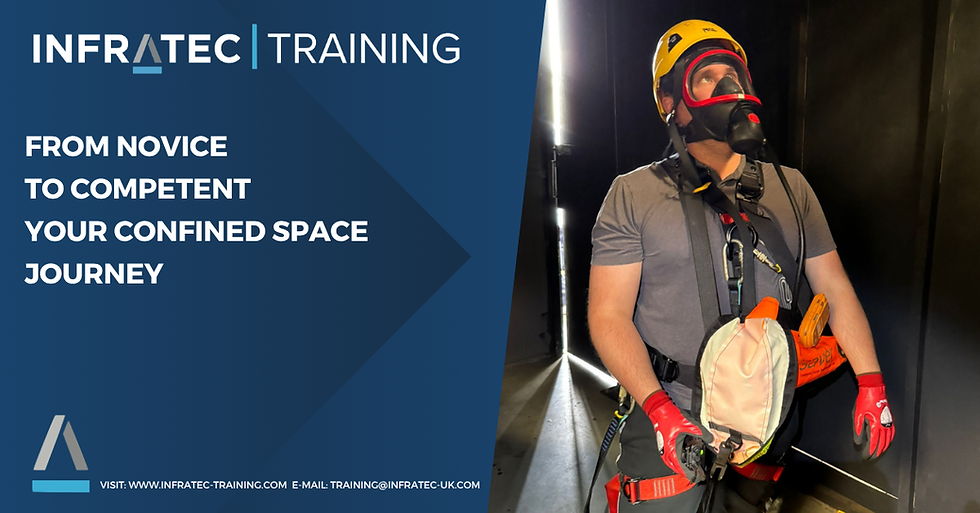Ensuring Safety in Telecommunications: The Crucial Role of Gas Testing
- leebullock25
- Apr 3, 2024
- 2 min read
Updated: May 2, 2024

In the rapidly evolving field of telecommunications, maintaining the safety of workers who operate in and around communication hatches is paramount. These environments, often classified as confined spaces, present unique challenges and hazards, particularly from potentially dangerous gases. To mitigate these risks and ensure the safety of all personnel, the implantation of rigorous gas testing protocols using multi-gas sensing equipment is not just advisable it is imperative.
Understanding the Risks
Telecommunication hatches and cabinets by their nature, can accumulate hazardous gases. These spaces are confined, limiting the natural flow of air and, consequently, the dispersion of gases. The types of gases that might accumulate can vary widely, from combustible gases like methane (a by-product of decomposing organic matter underground) to toxic gases such as carbon monoxide and hydrogen sulphide. The presence of these gases poses significant health risks, including poisoning, explosions and asphyxiation
The importance of Multi-Gas Sensing Equipment (Gas Monitors)
The effectively monitor and manage the risks associated with hazardous gases, multi-gas sensing equipment is indispensable. This technology is capable of detecting and measuring the concentrations of various gases simultaneously, providing a compressive overview of the atmospheric conditions within a confined space to proceed with work or if further ventilation and safety measures are needed.
These devices not only detect a range of gases but also alert workers with audible and visual alarms if gas levels exceed safe thresholds. This early warning system is vital for preventing accidents and ensuring the health and safety of workers.

Training: The First Line of Defence
While having the right equipment is essential, it is equally important that personnel are properly trained to use this technology effectively and to respond appropriately to the risks present in confined spaces. City & Guilds Low Risk Confined Space training course, offered by INFRATEC Training, is designed specially to meet these needs.
This course equips candidates with the knowledge and skills necessary to safely enter work in low-risk confined spaces. It covers a range of critical topics, including hazard identification, the use of gas detection equipment, and emergency procedures. By completing this training, workers can be competent to handle the challenges of working in confined spaces, significantly reducing the risk of accidents and injuries.
Conclusion
The combination of advanced multi-gas sensing equipment and comprehensive training is fundamental to maintaining safe working conditions in the telecommunications industry. As we continue to rely more heavily on telecommunication infrastructure, the safety of the workers who maintain and upgrade this critical resource must remain a top priority. By implementing rigorous gas testing protocols and ensuring workers are adequately trained, we can protect those who work in these challenging environments and ensure the continuity of our telecommunication systems. INFRATEC Training’s City & Guilds Low Risk Confined Space training course represents a crucial step in achieving these safety objectives, reinforcing the importance of preparedness and vigilance in the face of potential hazards




Comments